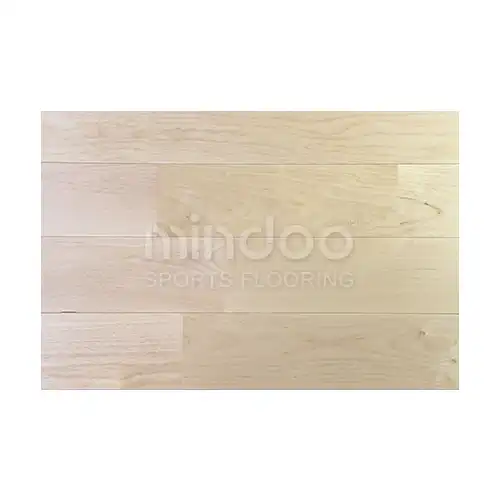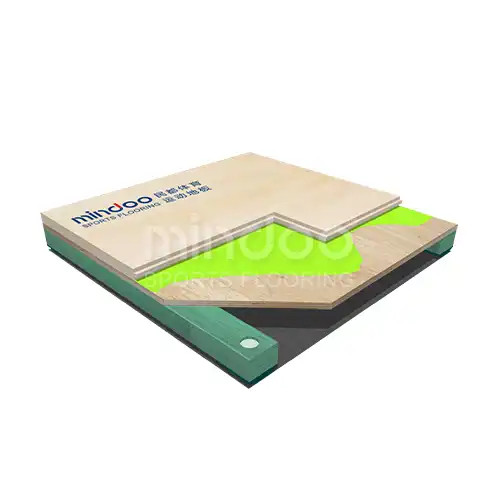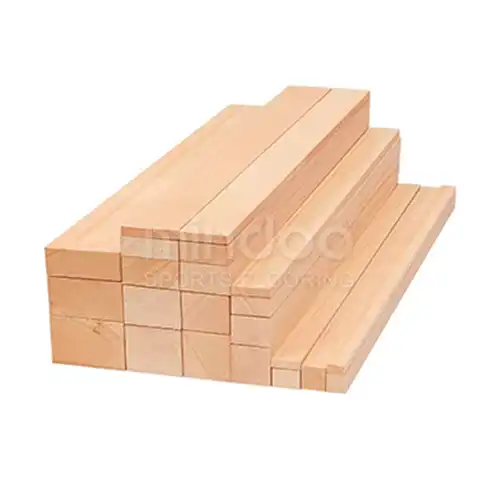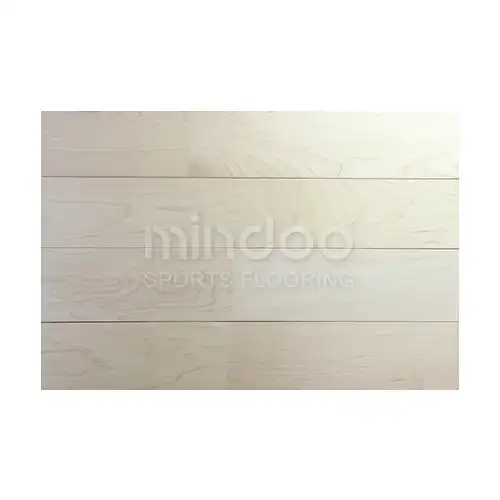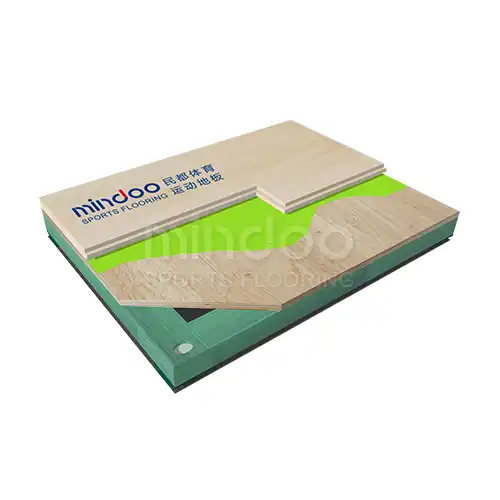Enhancing Rehabilitation with Sports Wood Flooring: The Role of Flooring in Injury Prevention and Recovery
In the field of modern rehabilitation, sports wood flooring has increasingly become an essential infrastructure, especially in physical therapy and sports rehabilitation. With the advancement of sports medicine, rehabilitation has shifted from merely recovering from injuries to focusing more on prevention, enhancing function, and promoting overall health. Thanks to its unique shock-absorbing properties, stability, and optimal surface friction, sports wood flooring has become an ideal tool for rehabilitation training. This article explores the unique role of sports wood flooring in rehabilitation, combining reliable scientific research and verified clinical practice to provide a solid foundation and support for rehabilitation training.
Unique Features of Sports Wood Flooring
Sports wood flooring offers a variety of unique advantages that make it a crucial element in rehabilitation. These main features include:
- Shock Absorption and Impact Reduction: Sports wood flooring is designed with a layered structure that effectively reduces the impact forces from the floor on the body, which is especially important during joint recovery. The reduced rebound force from the floor minimizes the risk of unnecessary injury.
- Support and Stability: Compared to hard surfaces, wood flooring provides a softer support that helps the body maintain stability during movement. During the recovery phase, patients require this stability to avoid falls or injuries caused by instability.
- Optimal Friction: The surface of sports wood flooring is designed with just the right amount of friction, preventing slipping while maintaining flexibility and control during various movements.
These characteristics combine to create an ideal environment for rehabilitation training, particularly in low-impact, high-stability movement demands.
Role of Sports Wood Flooring in Rehabilitation
1. Reducing Injuries and Preventing Re-injury
The primary goal of rehabilitation is to help patients regain their health while minimizing the risk of re-injury. Sports wood flooring's shock-absorbing properties significantly reduce the impact forces on joints, particularly in areas like the knees and spine, where injury recovery is crucial.
Studies have shown that using sports wood flooring reduces the stress on joints during rehabilitation exercises, leading to a lower incidence of injury compared to training on hard surfaces. For example, research on post-knee surgery rehabilitation has shown that patients training on sports wood flooring experience less knee pain and discomfort compared to those on harder surfaces. Additionally, recovery times have been significantly shortened.
2. Facilitating Joint and Muscle Recovery
Another key goal of rehabilitation is gradually restoring joint flexibility and increasing muscle strength. The moderate elasticity of sports wood flooring provides the support needed for progressive training, especially for gait recovery and joint mobility.
In rehabilitation exercises for the knee and ankle joints, sports wood flooring offers a gentle support platform. Many physical therapists recommend this type of surface for balance training and gait correction because it reduces joint discomfort from overloading while facilitating muscle strength recovery.
3. Boosting Patient Confidence and Motivation
Rehabilitation training is not just about physical repair; it also involves psychological recovery. Many long-term injured patients, particularly the elderly, often feel anxious and fearful during rehabilitation. Sports wood flooring provides a stable and comfortable training environment that effectively alleviates psychological stress, boosting patients' confidence and motivation to continue training.
In a survey conducted at a rehabilitation center, patients consistently reported feeling more comfortable and safe training on sports wood flooring, which in turn enhanced their psychological recovery. The relief from anxiety and increased confidence plays a critical role in the success of rehabilitation.
4. Supporting Personalized Rehabilitation Training Environments
Every patient has unique physical conditions and rehabilitation needs. Sports wood flooring can be tailored to accommodate different types of exercises, supporting various personalized rehabilitation programs. Whether it's low-intensity gait training or higher-intensity muscle recovery exercises, sports wood flooring offers flexible solutions.
For elderly patients or those with significant joint pain, the softness and shock-absorbing qualities of sports wood flooring help reduce the impact on joints, allowing patients to train in a comfortable environment without experiencing discomfort.
Integration of Sports Wood Flooring with Smart Technology
With the continuous advancement of smart technology, the role of sports wood flooring has expanded beyond physical support. Many high-end sports wood floors are now incorporating smart sensors and data monitoring systems. Through these technologies, the flooring not only tracks movement data such as gait, exercise intensity, and joint load but also provides real-time feedback for clinicians and rehabilitation professionals.
For example, some advanced rehabilitation centers have integrated smart sensors into sports wood flooring, enabling real-time tracking of patients' movements and providing personalized training recommendations based on data analysis. This data helps patients understand their recovery progress and allows therapists to adjust training plans for optimized rehabilitation results.
Clinical Case Studies: Real-World Applications of Sports Wood Flooring in RehabilitationRehabilitation Center Case Study
In a renowned rehabilitation hospital in the United States, sports wood flooring has been used for post-knee replacement surgery rehabilitation. After years of use and observation, researchers have found that patients participating in gait training and weight-bearing exercises on sports wood flooring experience significantly less knee joint pressure, with reduced pain levels. Compared to traditional hard surfaces, patients recover 15% faster when using sports wood flooring in their rehabilitation.
Elderly Health Management Case Study
In several elderly health programs in Europe, sports wood flooring has been widely used for senior citizens' health management. Research shows that elderly individuals participating in low-impact exercises like gait and balance training on sports wood flooring have a 20% lower risk of falling. Additionally, the joint health, particularly in the knees and ankles, has improved significantly, with better flexibility and range of motion observed.
Clinical research and real-world applications have demonstrated that sports wood flooring is an essential element in rehabilitation, whether in post-surgical recovery, elderly fitness, or other therapeutic exercises. As technology continues to evolve, sports wood flooring will play an increasingly vital role in rehabilitation, helping patients achieve more comprehensive and efficient recovery.

